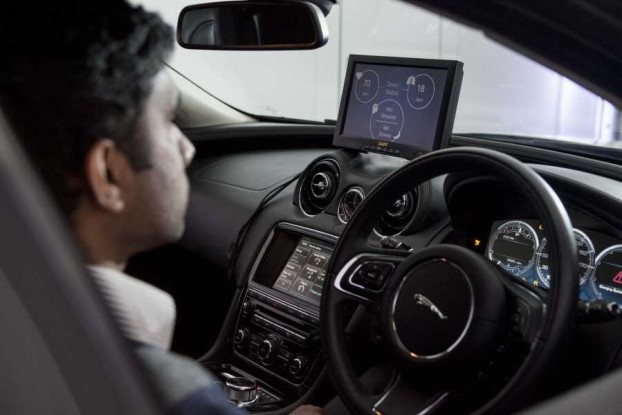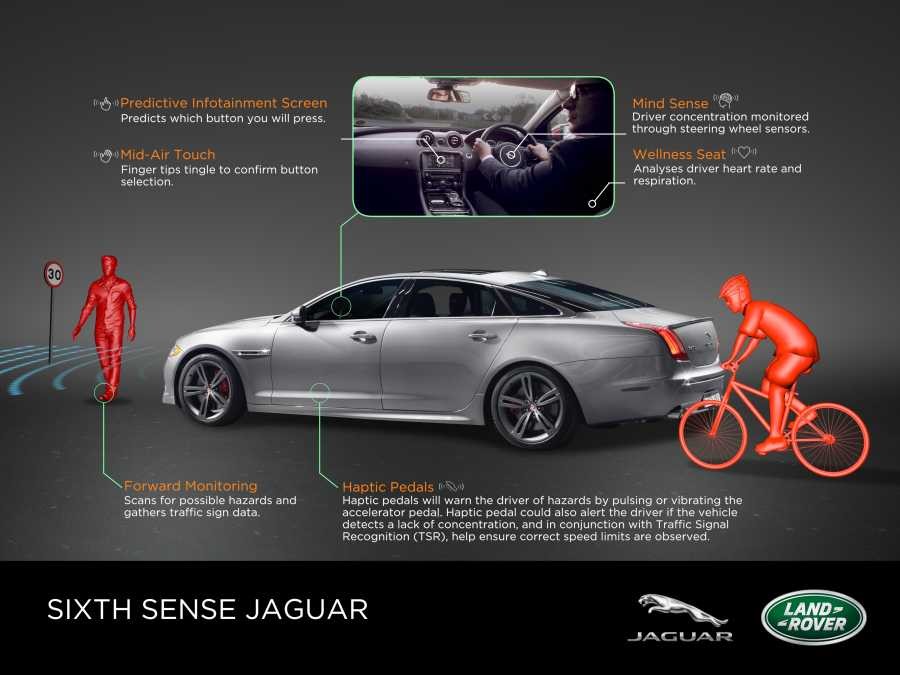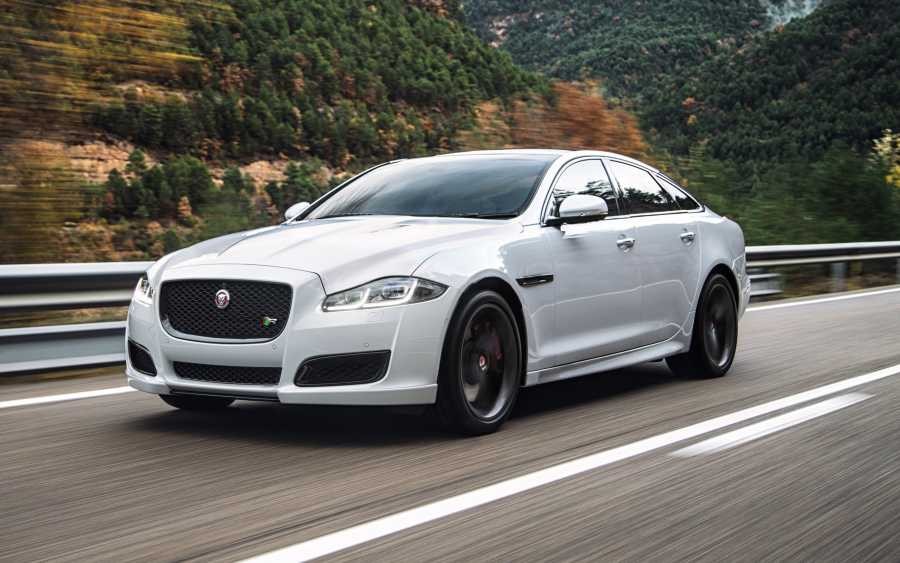
John Lennon famously sang about ‘playing those Mind Games together’.
But the ex-Beatle probably didn’t predict that one day the car you drive could actually read your mind and even predict which buttons you want to press.
Well that day doesn’t seem to be so far off courtesy of Jaguar Land Rover and its pioneering Mind Sense plan.
The idea is to reduce the number of accidents caused by drivers who are stressed, distracted and not concentrating on the road ahead.
So the company is developing a Sixth Sense research project using technology from sports, medicine and aerospace to monitor a driver’s heart rate, breathing and brain activity to identify stress and fatigue.
The UK-based team is also looking at innovations that would reduce the amount of time the driver’s eyes are off the road whilst driving, and how to communicate with the driver via pulses and vibrations through the accelerator pedal.

So how will Mind Sense work? At the heart of the research is a plan to discover if a car could effectively read the brainwaves that indicate a driver is beginning to daydream, or feel sleepy while driving.
The human brain continually generates four or more distinct brainwaves at different frequencies and by continually monitoring which type of brainwave is dominant, an on-board computer could potentially assess whether a driver is focused or not.
The most common method for monitoring brainwaves is by using sensors attached to a headband, something that wouldn’t be practical in a vehicle.
But Jaguar Land Rover is investigating a method already used by NASA to develop a pilot’s concentration skills and also by the US bobsleigh team to boost concentration and focus.
This detects brainwaves through the hands via sensors embedded in the steering wheel – and because the sensing is taking place further away from the driver’s head, software is used to amplify the signal and filter out the pure brainwave from any background ‘noise’.
And the company is also assessing how a vehicle could monitor the well-being of the driver using a medical-grade sensor embedded in the seat of a Jaguar XJ saloon.

The sensor, which was originally developed for use in hospitals, has been adapted for in-car use and detects vibrations from the driver’s heartbeat and breathing.
Monitoring the physical health of the driver could not only detect the onset of sudden and serious illness that may incapacitate the driver, but also allow the car to monitor driver stress levels.
This would then allow the car to help reduce stress, for example by changing mood lighting, audio settings and climate control.
JLR’s research and technology chief Dr Wolfgang Epple said: “We believe some of the technologies currently being used in aerospace and medicine could help improve road safety and enhance the driving experience.
“One key piece of new research is to see how we could measure brainwaves to monitor if the driver is alert and concentrating on driving.
“Even if the eyes are on the road, a lack of concentration or a daydream will mean the driver isn’t paying attention to the driving task.
“They may miss a warning icon or sound, or be less aware of other road users so we are looking at how we could identify this and prevent it causing an accident.”










